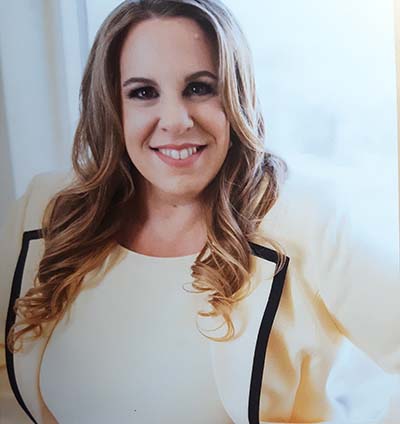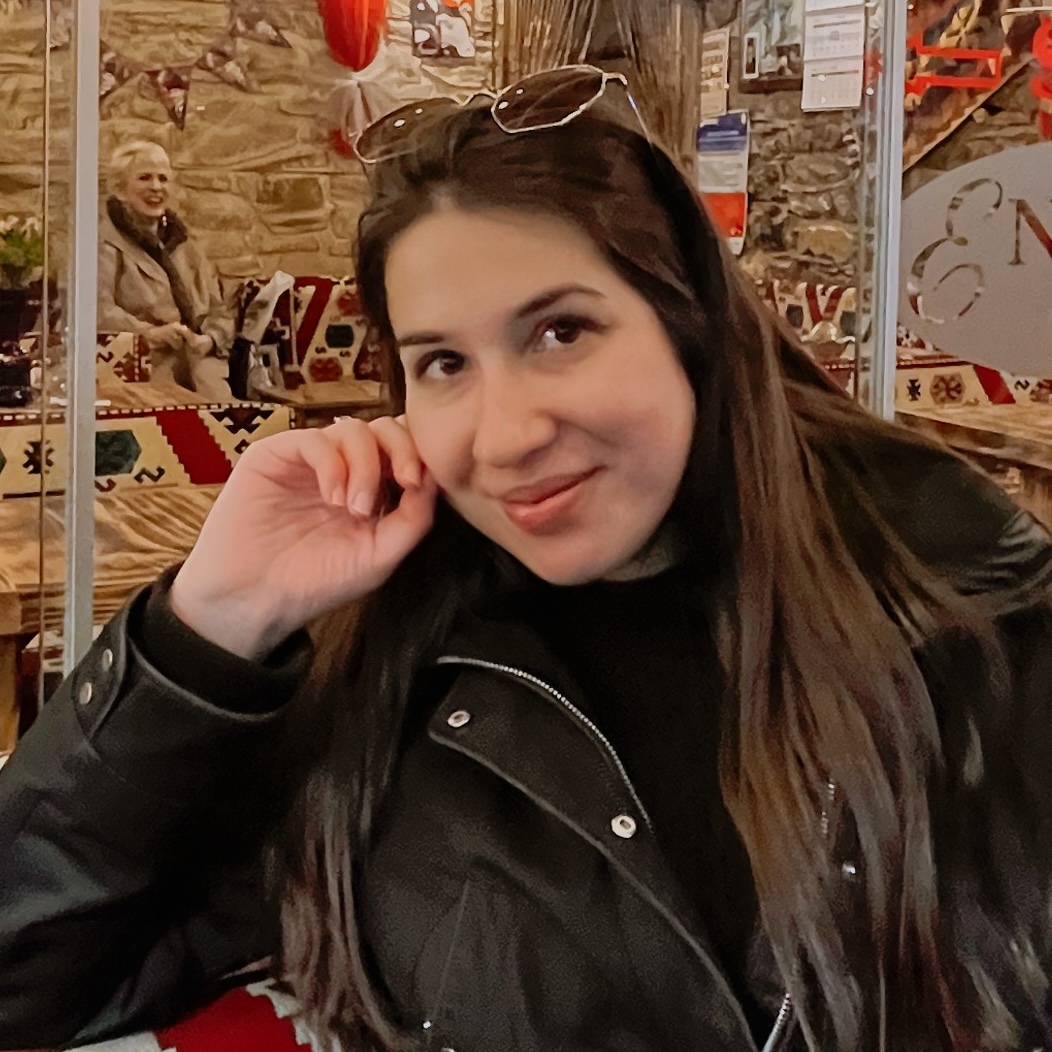Demystifying Narcotics for Pain at End of Life
Pain at end of life is so misunderstood. It seems like the letters I receive from family members saying “Hospice gave my mom morphine and they killed her” are increasing instead of decreasing.
SO here are my thoughts on how to help our families: education, education, education. Before beginning use of morphine or fentanyl sit down with primary caregivers and begin their education.
I wrote the booklet Pain At End of Life to address the misunderstandings and fear that surrounds narcotics at the end of life. Pain management for someone at the end of life is different from pain management for someone who is going to get better. Families don’t know this and often neither do health care providers.
It is not enough to give the booklet to the family and say “read this.” Half the time they don’t, and the other half they will have questions as they read it, but forget to ask when you are with them. You want a face-to-face, “let’s sit down and read this booklet and talk about it together” kind of teaching.
When charting, be sure to include that the reading was done and questions were asked and answered. It’s a “cover your tush” kind of charting, BUT it is also good family care. You are educating, and by educating you are reducing the fear, anxiety, and misinformation that are so often present.
Not everyone who is dying has pain. Disease causes pain. If pain is not present, a narcotic is not appropriate (except a tiny bit can ease labored breathing if it is present ——- sometimes).
So often we jump into morphine or fentanyl use when a lesser drug will do the job. Occasionally Ibuprofen can make a person more comfortable. Ativan or Haldol can also be beneficial.
Pain management needs to be individualized. There is no go-to end of life drug for everything we don’t have time to manage. There should be no standardized dosage or use.
INDIVIDUALIZED! The “take two aspirins and the headache will go away” format doesn’t apply to end of life pain management. It takes time and expertise. Narcotics are not a one-size-fits-all kind of drug. It is also a last resort kind of drug for pain.
Something more… about Demystifying Narcotics for Pain at End of Life
If we don’t want our special person to die in pain, we must allow the experts to guide us. Hospice nurses are experts in administering and controlling pain for the dying. Ask as many questions as you need to and read the booklet, Pain at End of Life: What You Need to Know About End of Life Comfort and Pain Management. It is part of the discounted bundle, End of Life Guideline Series.
Originally Published on https://bkbooks.com/blogs/something-to-think-about




























Already a Member? Login Here.
Not Yet a Member? Join the Conversation Today!